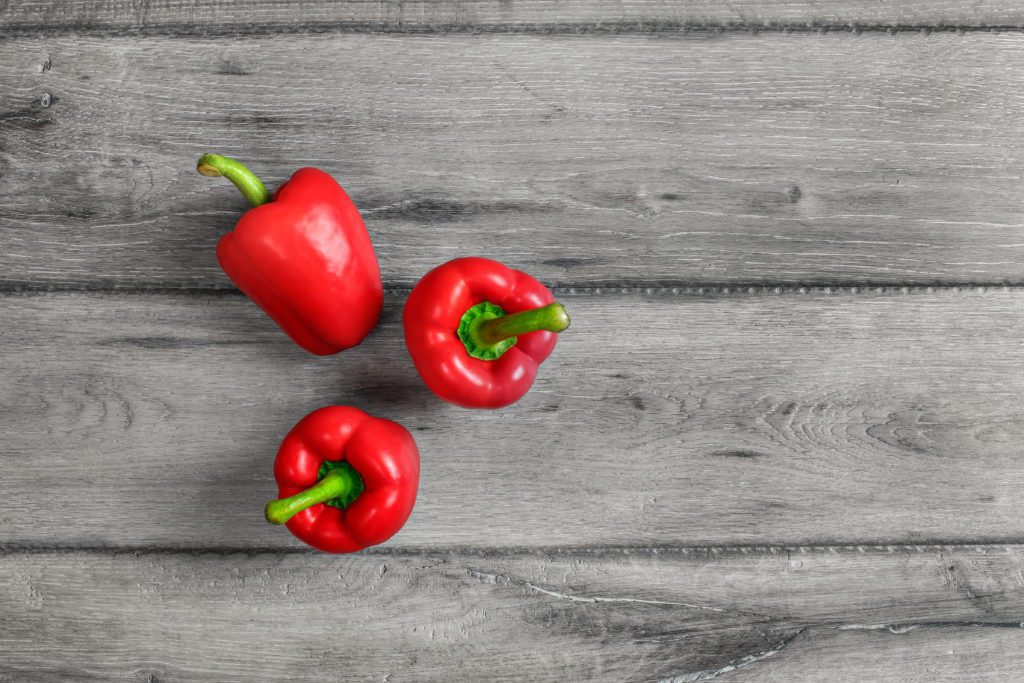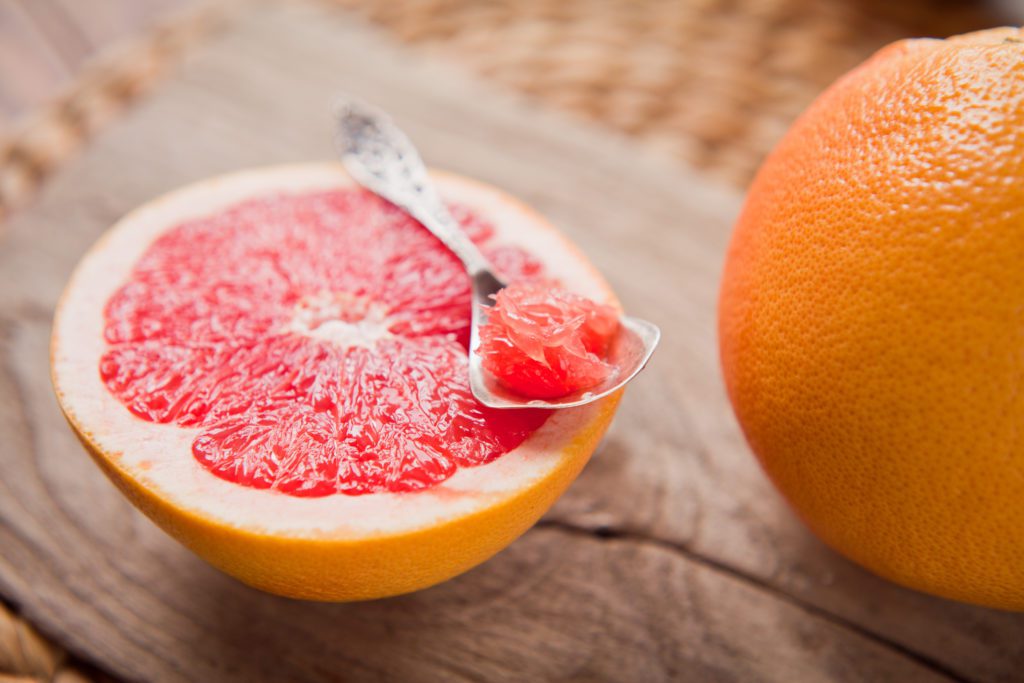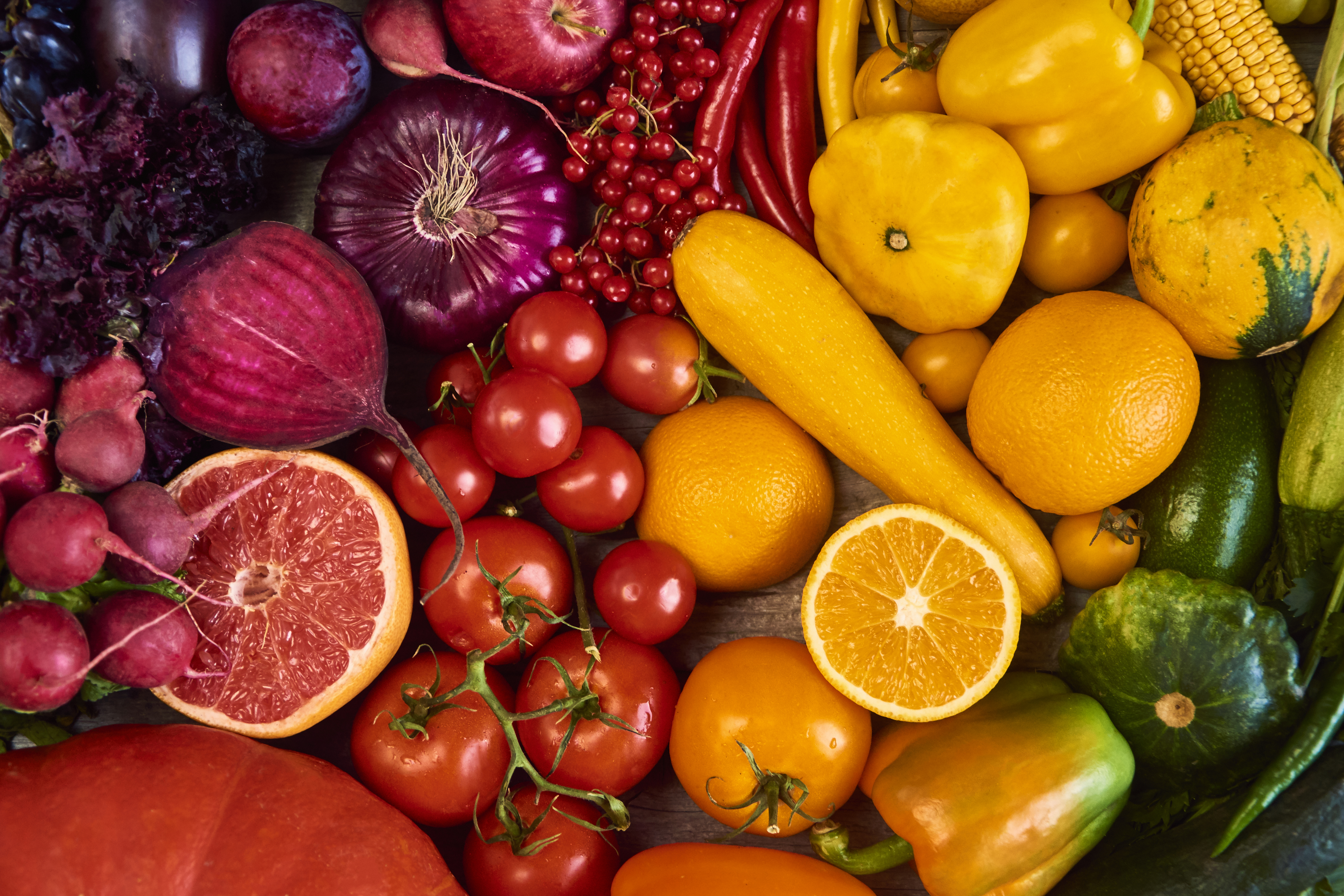The science behind the advice to eat all the colors of fruits and vegetables.
Fact: Half of every plate should be filled with fruit and vegetables!
Fact: Along with other healthy lifestyle choices, eating a variety of healthy foods (including fruit and veggies) can help prevent chronic diseases like heart disease and type 2 diabetes.
Fact: It’s important to eat a wide variety of fruit and vegetables because they have different disease-fighting powers!
Fact: Fruit and vegetables fall into five different color categories: red, purple/blue, orange, green and white/brown. Phytochemicals give fruits and vegetables their vibrant colors and some of their healthy properties.
A diet that includes a lot of different fruits and vegetables can lower blood pressure, reduce the risk of heart disease and stroke, prevent some types of cancer, lower the risk of eye and digestive problems, and help manage weight.
Red fruits and vegetables

Red fruits and veggies are colored by a natural plant pigment called lycopene. It’s a powerful antioxidant and may help to keep your heart healthy and reduce the risk of some cancers.
Examples: Red peppers, tomatoes, radishes, strawberries, cherries, red apples, and more.
Purple fruits and vegetables

Purple fruits and vegetables have the plant pigment anthocyanin which gives them their color—and has antioxidant properties that may help reduce the risk of stroke, heart disease, and some cancers.
Examples: beetroot, eggplant, red cabbage, blackberries, plums, blueberries, purple grapes, and more
Orange and yellow fruits and vegetables

Cartenoids give these their color! One well-known cartenoid is lutein. It’s been found to help prevent cataracts and age-related macular degeneration. Another is betacarotene, which is converted to Vitamin A to help maintain healthy mucous membranes and more.
Examples: Carrots, lemons, sweet potato, pumpkin, pineapples, mangoes, oranges, squash, peaches, grapefruit, and more
Green fruits and vegetables

This group contains a range of phytochemicals including carotenoids, indoles, and saponins. These have anti-cancer properties.
Spinach, asparagus, avocados, broccoli, peas, green apples, limes, kiwifruit, green beans, lettuce, cucumber, etc.
Brown and white fruits and vegetables

This group of fruits and veggies have a range of phytochemicals that promote healthy bodies. Some members of this group (bananas and potatoes) are good sources of potassium.
Cauliflower, brown pears, garlic, bananas, dates, ginger, parsnips, turnip, etc.
Tips:
- Keep washed fruit and vegetables where it’s easy to get to—in a bowl on your counter or at eye level in your fridge.
- Variety is the key to a healthy diet so try new things! And make it fun. Maybe your family can quest to try one new food or recipe each week.
- Plan your meals for the week and consciously choose recipes that include more vegetables—like salads and stir-fries.

